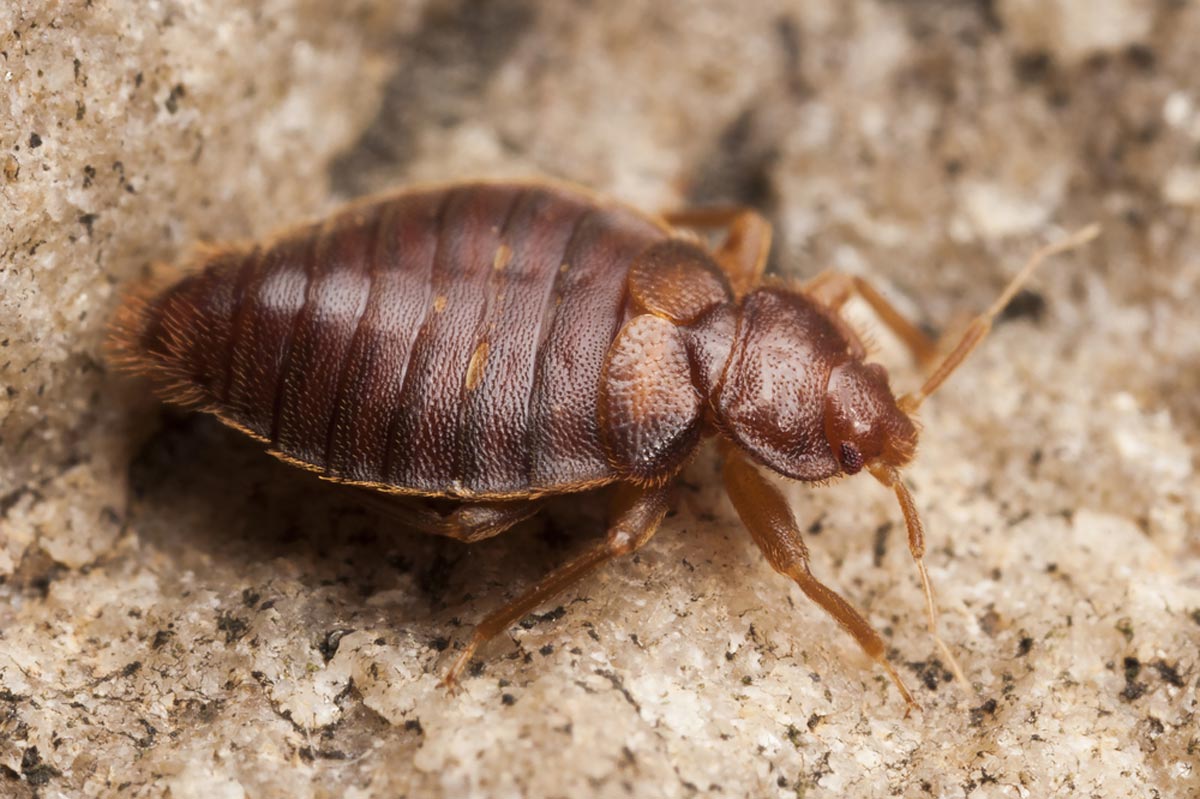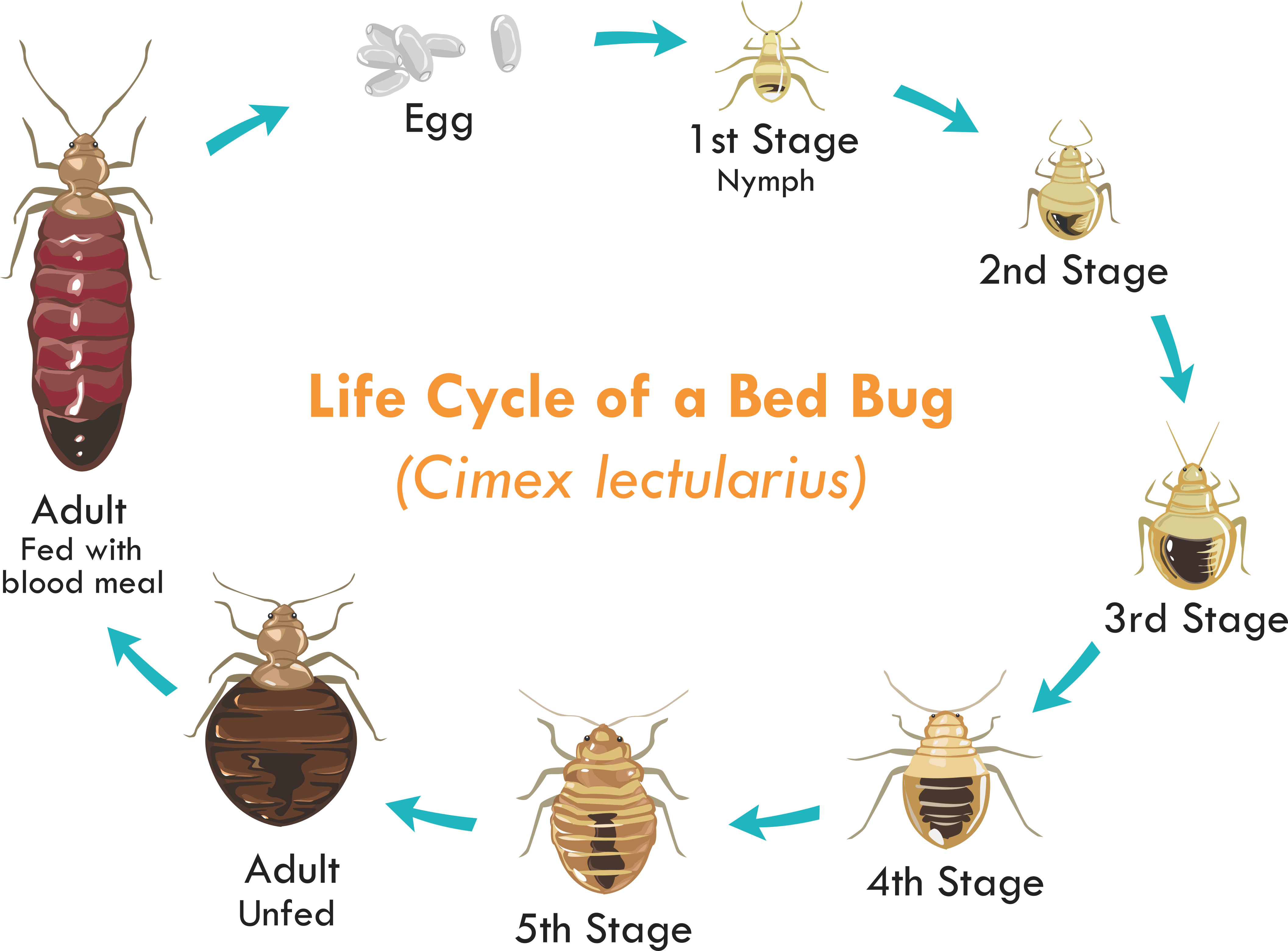Local Bed Bug Exterminator NYC Near Me Offering Top-Notch Pest Control
Local Bed Bug Exterminator NYC Near Me Offering Top-Notch Pest Control
Blog Article
Specialized Insect Control Techniques for Thorough Bug Removal
In the world of insect control, the elimination of pests requires a specialized and nuanced approach. From typical home hassles to much more evasive invasive types, the task of complete bug elimination needs precision and competence. By delving into the complexities of identifying pest types, employing targeted treatment approaches, and incorporating environment-friendly remedies, insect control experts browse a complex landscape to make sure extensive bug removal. As we embark on this expedition of specialized techniques, one question remains: just how can these customized methods change the battle versus bugs and safeguard our settings efficiently?
Recognizing the Insect Variety
Determining the parasite species is an important first step in applying efficient insect control actions to deal with problems in residential or commercial setups. By properly figuring out the certain bug species existing, pest control specialists can customize their removal approaches to suit the one-of-a-kind features and habits of the pests at hand. Various pests require various methods for effective elimination, making recognition a basic facet of bug management.
Common pests that may penetrate homes or organizations consist of insects like ants, roaches, and bed insects, as well as rodents such as mice and rats. Each of these types poses distinctive challenges and may require particular treatment techniques to remove them efficiently. Rodents usually need capturing and exclusion strategies, while insect problems might be ideal dealt with via targeted pesticide applications.
With correct recognition of the parasite varieties at play, insect control experts can figure out the degree of the problem and create a detailed plan to remove the insects while reducing risks to human health and the atmosphere.

Targeted Treatment Approaches
Having properly identified the bug varieties penetrating a property, the following vital action in efficient insect monitoring entails executing targeted therapy approaches customized to resolve the specific vulnerabilities and behaviors of the pests at hand. Targeted therapy methods are tailored solutions that take into consideration the unique characteristics of the parasite varieties concerned. Best Bed Bug Exterminator NYC LLC. These approaches aim to get rid of the parasites successfully while reducing damage to the setting and non-target varieties
One typical targeted treatment approach is making use of biological controls, such as introducing all-natural killers or microorganisms details to the bug species. This technique can assist in lowering pest populations without the demand for severe chemicals. Another reliable technique is employing pheromone traps or lures that attract and catch insects, interrupting their breeding cycles and controlling their numbers.
Moreover, targeted treatment approaches might involve utilizing physical barriers or habitat modifications to deter parasites from infesting a building. By combining numerous targeted methods, pest control specialists can successfully eliminate insects while promoting environment-friendly and sustainable bug monitoring practices.
Integrated Parasite Monitoring (IPM)
Integrated Pest Management (IPM) is a thorough technique that combines different parasite control techniques to efficiently take care of and protect against parasite infestations. IPM focuses on lessening making use of pesticides by integrating a series of methods such as biological control, environment control, and using immune plant varieties. By incorporating several control techniques, IPM aims to reduce the ecological impact of bug administration while additionally lessening risks to human health and wellness.
One key aspect of IPM is the focus on tracking and identifying pests accurately. This enables pest control specialists to make informed decisions concerning one of the most suitable and effective approaches to utilize. Furthermore, IPM includes regular assessment of the affected locations to track pest populations and evaluate the look what i found success of control procedures carried out.
Furthermore, IPM promotes positive measures like maintaining proper cleanliness techniques, sealing entry points, and executing social controls to produce a setting that is less favorable to pest expansion. By embracing an integrated method to pest management, services and individuals can achieve lasting options for bug control while safeguarding the community and human wellness.
Eco-Friendly Insect Control Solutions
Using ecologically conscious methods, pest control experts have established green options that effectively handle bug populations while lessening damage to the ecosystem. These green insect control options focus on making use of all-natural and non-toxic compounds to get rid of parasites without causing harm to valuable microorganisms or the atmosphere.
One preferred eco-friendly bug control approach is organic control, where all-natural predators or microorganisms are presented to target and manage pest populaces. This technique aids preserve a web link balance in the ecosystem without the requirement for dangerous chemicals. In addition, employing catches, obstacles, and physical deterrents can aid stop insects from infesting structures or crops without making use of chemicals.
In addition, botanical pesticides originated from plants like garlic, neem, or pyrethrum have revealed efficiency in managing parasites while posturing minimal danger to the setting. Integrated Parasite Administration (IPM) strategies additionally play a critical role in eco-friendly insect control by combining numerous strategies to take care of parasites successfully while minimizing environmental effect - Bed Look At This Bug Exterminator NYC Near me. By taking on these eco-friendly solutions, bug control specialists can achieve complete pest removal while guarding the ecosystem for future generations
Ongoing Tracking and Prevention

Safety nets play a critical function in lessening the danger of insects re-infesting or establishing a visibility in the first location. This consists of securing entrance factors, keeping cleanliness, appropriate waste administration, and reducing sources of food and water that might attract parasites. Frequently keeping track of these safety nets ensures their performance and permits for timely modifications to address any vulnerabilities.

Verdict
To conclude, the use of specialized bug control methods is vital for thorough pest removal. By determining the insect types, executing targeted therapy techniques, utilizing Integrated Pest Management (IPM), and incorporating eco-friendly services, reliable insect control can be achieved. Continuous surveillance and prevention are also essential to guarantee long-lasting success in preserving a pest-free environment. These approaches combined can help eradicate pests effectively and sustainably.
By properly determining the specific bug varieties present, pest control professionals can tailor their removal techniques to match the unique characteristics and actions of the pests at hand.Having precisely recognized the pest varieties penetrating a property, the next essential step in efficient parasite monitoring involves implementing targeted treatment methods customized to address the specific vulnerabilities and actions of the pests at hand.Integrated Pest Administration (IPM) is a thorough strategy that combines different bug control methods to efficiently prevent and manage insect problems. Integrated Bug Administration (IPM) strategies additionally play a critical function in eco-friendly insect control by incorporating numerous techniques to manage insects successfully while decreasing ecological effect. By recognizing the parasite varieties, implementing targeted treatment methods, using Integrated Bug Management (IPM), and including green options, reliable pest control can be attained.
Report this page